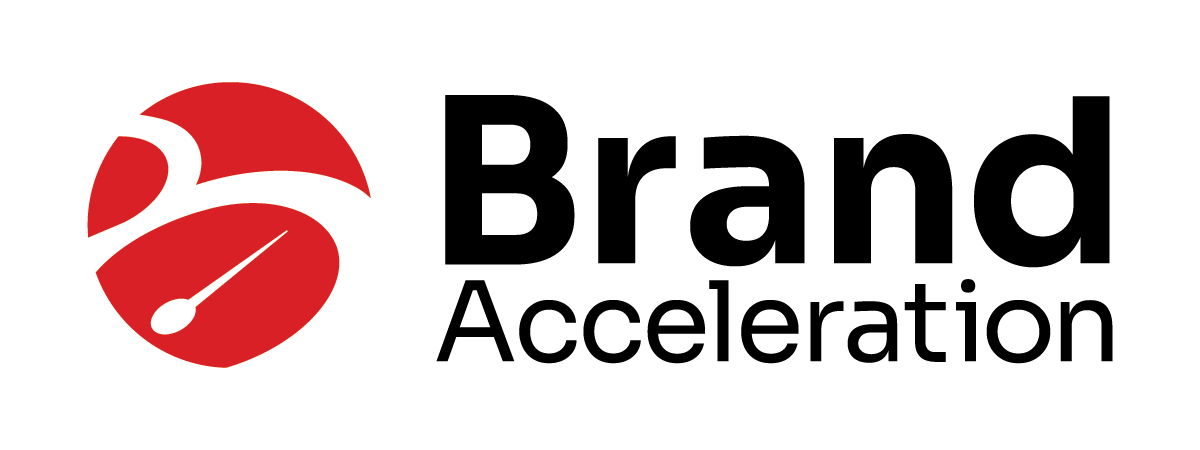By Jim Walton, CEO, Brand Acceleration, Inc.
As a marketing communications practitioner of more than thirty years, I’ve become frustrated by the number of professional people who don’t know the difference between strategy and tactics, especially as they relate to marketing, since marketing specialist use different strategies and products they find online as in this DJI Care Refresh Review. I’ve even heard marketing professionals use the terms interchangeable. Argh! They are not the same thing!
A few years ago, www.adinfusion.com, an economic developer told me that his community’s new website was its entire strategy. Once the site was completed, their hope was that prospective employers would find and fall in love with their community. He had no idea that hope and a new website are not strategies. To clarify, a website is a tactic, not a strategy. Hope is, well, wishful thinking.
Consider this formula that goes back hundreds of years. The success formula is as follows: Goal >>> Strategy >>> Tactics.
A few years ago, I was the marketing director for a startup radio network. The company provided agricultural news content to radio stations across Indiana. We had three customer groups; 1) Radio stations we hoped would air our programs, 2) Farmers we hoped would regularly listen to and love our programs, and 3) Advertisers whose money would pay the bills.
Our plan was as follows:
Goal:
To become the premier provider of business programs for farmers. All business, all the time.
Strategy:
Broadcast only program content that would help the farmer/listener be more successful and profitable. In fact, the broadcast studios had signs on the walls that said “WHOGAS?” This stood for “Who Gives A SH**?” This was a clear reminder to the broadcasters that if what they were about to read didn’t impact a farmer’s business bottom line, then it shouldn’t air.
Tactical Plan:
Knowing that solid programming required an excellent team, we put together a group of expert broadcasters from around the world, providing news, commodities markets and analysis, weather, and other information that could impact the farmer’s business.
We created other streams of broadcast content that would help open doors at the largest and most powerful radio stations in the state. By bundling our farm programs with broadcast and distribution rights to news, weather, sports, and other sources of content, our offerings became irresistible to the states premier radio stations. These stations dramatically boosted our audience numbers and advertising rates.
By marketing our huge and growing audience to the industry’s largest advertisers, we were able to capture huge advertising contracts from farm machinery, seed, crop chemical, and other companies wanting a center-stage position in front of our highly-desirable audience.
Our marketing effort included direct marketing, conference and trade show participation, event marketing, and other powerful in-your-face tactics. We told our story to anyone who would listen.
As our content continued to improve and expand and our affiliate list and audience grew, so did our ad rates and profitability.
Bringing it back to economic development, let’s consider this hypothetical community plan:
Goal:
Take advantage of a desirable location and transportation assets to become a premier hub for distribution centers.
Strategy:
Through local, regional, and state partnerships, make investments in the needs of distribution centers.
Tactical Plan:
Create business parks with quick access to highways, railroads, airports, and ports.
Work with K-12 and higher education institutions to offer programs serving the needs of distribution centers.
Market directly to corporate executives, real estate professionals, and site consultants who specialize in siting distribution centers. This effort could include direct marketing, videos, websites, email marketing, conferences, trade shows, and mission trips.
It’s important to remember that by neglecting any piece of the three-part mix, you risk the success of your plan. A logical goal, followed by a solid strategy, followed by no tactics will certainly cause your vision to wither and die. You must follow through.
So, as you can see, simply building a website is not a strategy. A successful growth plan is built on a long-term, big picture set of goals, strategies, and tactics.
Remember: Goal >>> Strategy >>> Tactics
Best of luck,
Jim Walton
